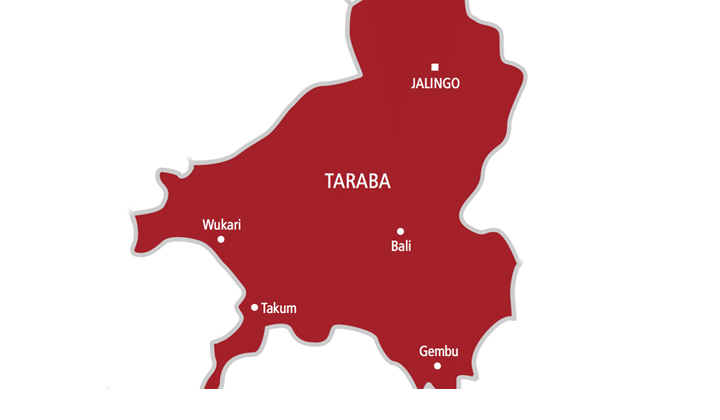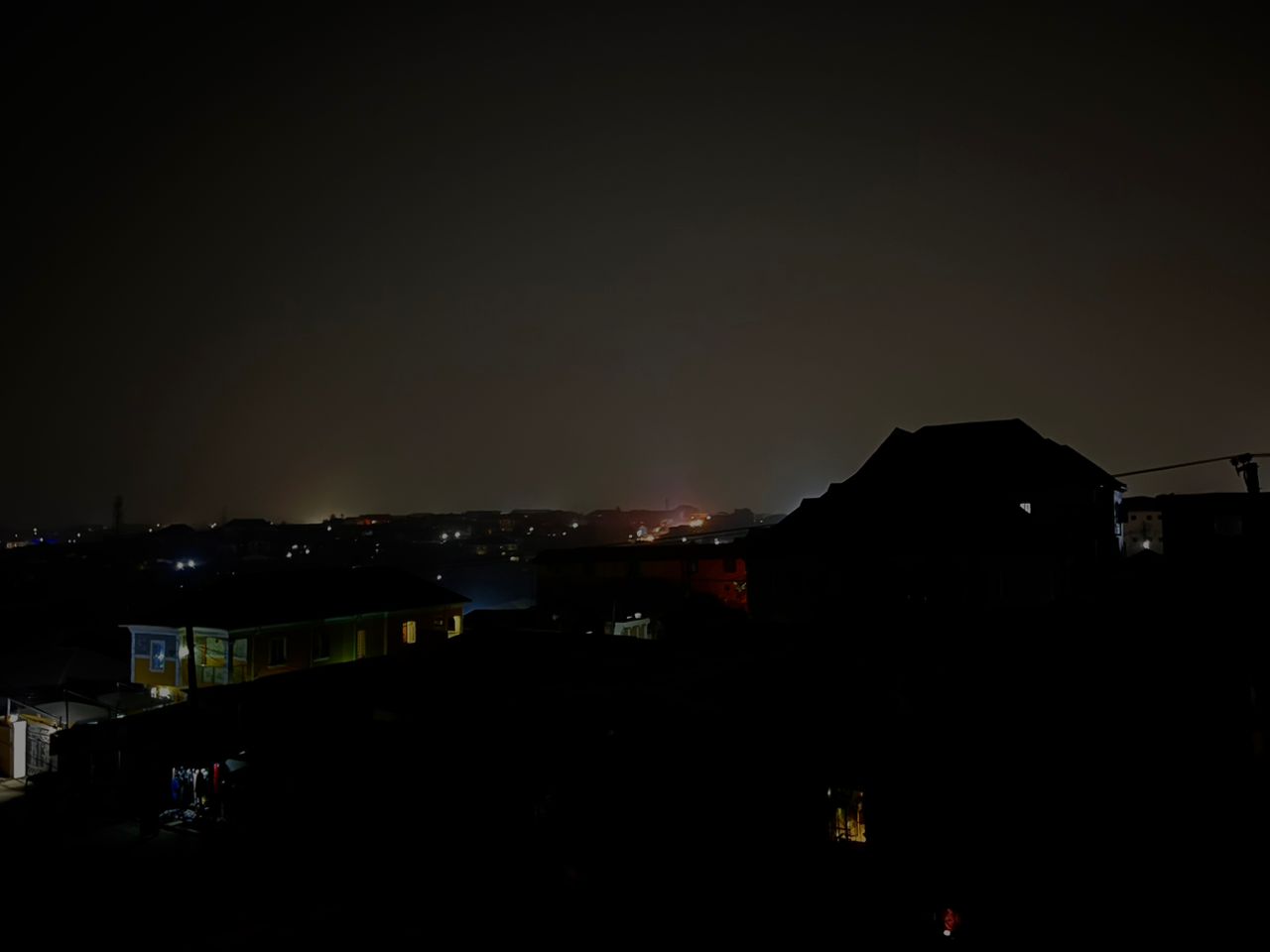Managing construction challenges during rainy season
DAMILOLA AINA examines the pros and cons of constructing houses and other structures during the rainy season
There is no doubting the fact that the downpour witnessed across the country has impacted the construction sector. Sometimes it pours for several hours non-stop with fierce wind and storms, while it merely drizzles at other times. This is, however, not the end of the rain as it is expected to get heavier in the coming months.
Consequently, interactions with experts, stakeholders and project managers have revealed that the increasing rate of rainfall and weather disturbance during this season has forced construction workers to abandon projects, incur extra costs due to materials damaged by rain and ultimately delay the completion of housing projects across various sites in the country.
They say while the rainfall is a sign of God’s blessing to mankind, the torrential rain witnessed almost every day in some parts of the country has negatively impacted the sector. In Nigeria, rainfall is experienced roughly throughout the year, especially in the southern part. One can never be too sure about the weather although the country has its seasons split into two – the dry and wet or rainy seasons.
The dry season often begins in late November and runs through January, becomes intense in February and eases down in March till the end of April. Then, the rainy season takes over from April, intensifies from June to August, and runs till October every year.
However, the implications are many, especially for construction sites. The rain will consistently disrupt the project, causing workers to abandon their tasks, causing material and property damage, and ultimately leading to delays in the completion of construction projections as and when due.
The accompanying cold weather can also have a significant impact on the health of workers; certain equipment like cranes can’t be used as a result of high winds. Muddy construction sites make moving around difficult for heavy machines and activities like roofing will be delayed because of wind or storms. During the rainy season, it is always challenging for labourers working at construction sites to lay asphalt and do other jobs that require the sun.
In his expert opinion, a civil engineer with Shawwal Multi-links Engineering Service Limited, Abdulhakeem Zakariyya, said construction during the wet season is laced with a lot of issues work is delayed, and wages costs are thrown up together with other costs incurred especially during concrete work.
Speaking in a telephone interview with Sunday PUNCH, Zakariyya noted, “The major challenge is when you are doing concrete work. This is because when you are about to cast or have begun the process of casting walls and slabs, and it suddenly begins to rain, the only thing that can be done at that point is to suspend the whole work till it stops raining because you can’t cast concrete element while it is raining. It will only result in wasted effort as it will wash down most of the binding materials.
“But if you properly plan your work, rainfall should not be a challenge. Any time it rains, it’s either suspension of work immediately or total cancellation of work schedule for that day which will lead to an extension of the deadline for the completion of the project.”
Zakariya, who is the General Secretary of the Nigerian Society of Engineers, Bwari Branch, noted that proper planning on the part of the project manager could also help to avoid any difficulty, as it may require an additional day of work to account for the lost time.
“Rainfall constitutes delays in construction because any time you miss the quota for the day, you may need to do extra work to make up for lost time or extend the completion date and it hurts investor’s confidence in the company. The other option is to do some other things that rain doesn’t affect during construction. This also depends on the stages of work.”
According to Zakariyya, constructing structures during the rainy season doesn’t always constitute an impediment alone; it also has its advantages. Giving further explanation, he said, “Many constructed homes are built in the rainy season because of its advantages. One such is that during excavation, you can get optimum compaction of the foundation and there won’t be any fear of the quality. However, these things have to be done properly because properness guarantees a good and standard house. In the precipitating season, there is no reason not to build because we also build under the sea and it doesn’t rain every day.”
However, a civil engineer working with an Abuja real estate firm who asked not to be named, stressed that continuous rainfall on a project site could weaken the structural integrity of the building and final collapse.
He said, “Continuous exposure to rain can weaken the structural integrity of the building, especially if water seeps into the foundation or structural components. Regular inspections by qualified professionals can help identify any sign of damage or compromised structures. Timely repairs or reinforcement should be carried out as necessary.”
He added that it is crucial to have a realistic construction schedule that considers potential weather disruptions with contingency plans in place to account for weather-related delays and other flexibility. Furthermore, construction materials such as cement or wooden materials are prone to swell and deteriorate even as the construction site will get easily dirty or damaged during the wet season.
Despite the obvious setbacks, it’s not all doom and gloom, as thoughts that houses built during the dry season will be better than the rainy season because the construction will be less disruptive, thereby saving cost and time.
An article by a Chinese-based construction and industrial works company, Kane, explained that building a house during the rainy season would make the foundation stronger, reduces the air temperature and increases humidity, which is the ideal condition for stronger concrete, adding that it would save efforts to regularly water the foundation, walls or concrete.
“Building during the wet season makes the house foundation stronger. The rain will soften the soil, making it more convenient to reinforce the foundation, making your house more solid and stable. Rain reduces the air temperature and increases humidity, which is the ideal condition for stronger concrete, while in the dry season, the concrete dries so quickly, the glue does not adhere, so it is easy to crack and the bearing strength is not high.
“When building houses in the dry season, you must regularly water on the foundation, wall, or concrete. But during the rainy season, you will not have to work hard to do these steps and you can reduce your workload and save water, too. Furthermore, wet weather is a suitable time to check some stages such as whether the tile is leaking or not, whether the wall floor is waterproof or not and whether the drainage system is clear or choking, thereby helping the homeowner to control and quickly fix it up on time,” part of the article read.
On safety measures to be employed during this period, a project manager, who gave his name as Joshua stressed the need to have a proper drainage system to help prevent water accumulation and potential damage to the structure.
“Effective drainage systems, including gutters, downspouts, and grading, should be installed to direct rainwater away from the building’s foundation. This helps prevent water accumulation and potential damage to the structure.”
He added that stringent quality control measures should be implemented during construction, regardless of weather conditions. Inspections and testing of critical components, such as concrete, should be performed to ensure they meet the required standards.
“Regardless of weather conditions, stringent quality control measures should be implemented during construction. Inspections and testing of critical components, such as concrete, should be performed to ensure they meet the required standards. Construction professionals should be trained to identify and address weather-related issues promptly.”
Other measures advised by experts are, “Adequate covering and waterproofing of materials are essential to prevent water infiltration. Plastic sheets or tarps can be used to protect exposed areas during rainfall, wear slip-resistant boots, move with caution and clear vision, be extra careful during thunderstorms, avoid deeper trenches and be aware of electrical cables.
“Adaptations can be made to construction techniques to suit the rainy season. For example, prefabricated components or modular construction can minimize exposure to the elements and speed up the building process.
“Also, adequate safety measures, including proper equipment, slip-resistant surfaces, and trained personnel, should be in place to minimize potential hazards. It is important to note that local building codes, regulations, and professional advice should be followed during construction projects to ensure compliance and safety
In conclusion, there are certainly challenges involved during the building process when it is raining, but for all respondents, it is possible to build a home when it is raining.
They say, “Construction projects can be significantly impacted by rainy weather, requiring extra precautions in order to ensure quality and prevent problems such as collapses. It is possible to keep a construction project going during the rainy season. The entire project manager, other team leaders and their team members have to do is take necessary precautions to protect themselves and the materials.”











